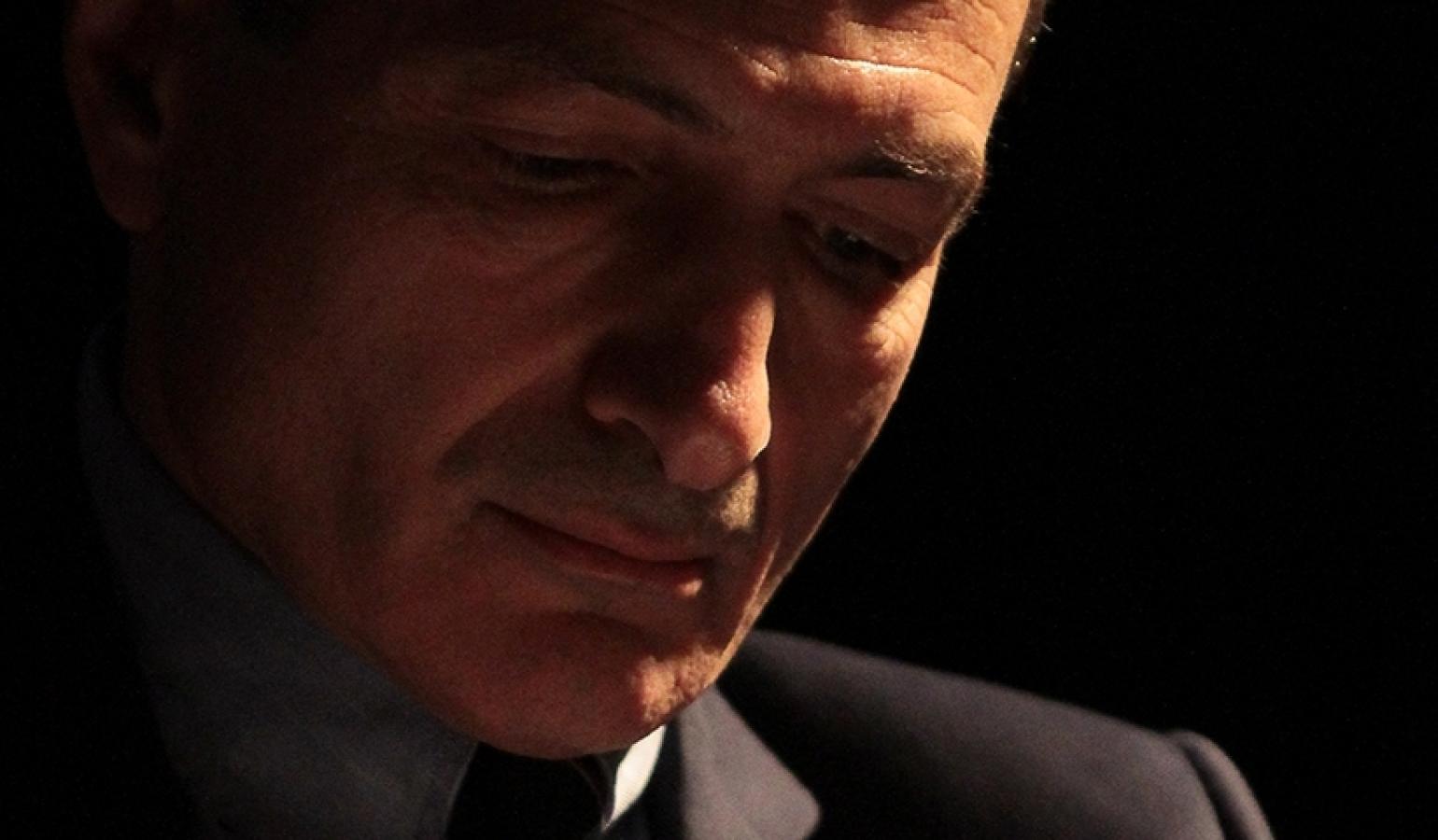
Threats to Artsakh's Cultural Heritage and the Consequences of a Peace Treaty
Following the 44-day war in 2020, and especially after the ethnic cleansing of Artsakh in September 2023, Artsakh's cultural heritage has come under serious threat. French-Armenian human rights activist Raffi Kalfayan, in an article published in the diaspora media outlet "The Armenian Mirror," addressed this issue, highlighting the potential negative impact of a peace treaty on the preservation of Artsakh's cultural values and the consequences of the international community's inaction.
Kalfayan wrote: "We are witnessing the systematic destruction of Armenian cultural and historical heritage. The intention to erase all traces of Armenian civilization is obvious and has been condemned around the world. Armenian diplomatic circles raised this issue during the interministerial conference of the Forum of Ancient Civilizations on the sidelines of the UN General Assembly in September 2024. UNESCO, an organization within the UN, which initially adopted a neutral position during the 2020 conflict, expressed concerns and finally declared in February 2022 its intention to send a mission of experts, provided that both Armenia and Azerbaijan agree on the mission. Azerbaijan has not responded, and therefore no mission has been established."
The article also refers to another significant document on the political front: the European Parliament's Resolution of March 10, 2022, on the destruction of cultural heritage in Nagorno-Karabakh. The resolution strongly condemns Azerbaijan's policy of erasing and denying Armenian cultural heritage in and around Nagorno-Karabakh, in violation of international law.
Kalfayan emphasizes that the destruction of cultural heritage in the context of armed conflict is a war crime. The Hague Convention for the Protection of Cultural Property in the Event of Armed Conflict and its protocols are instruments of international law applicable in armed conflicts and occupation situations. In the event of a non-international armed conflict, each party to the conflict is obliged to apply at least the provisions of this Convention regarding respect for cultural property.
The human rights activist provides several examples from international practice where numerous cultural heritage sites have been destroyed in the context of conflict. Kalfayan stated: "The protection of cultural heritage is much more than a mere cultural issue; it is a security imperative, inseparable from the protection of human lives."
He also addressed the possibility of individual claims, noting that they are always an option: "It is always possible for individual claimants to file a petition with the European Court of Human Rights (ECHR). The Armenian Church could—and actually has tried (back in 2021)—petition the European Court to protect the Armenian religious immovables in Nagorno-Karabakh. Some 20 applications have been submitted so far."
Kalfayan recalls UN Security Council Resolution 2347, adopted in March 2017. This resolution notes that unlawful attacks against sites and buildings dedicated to religion, education, art, science, or charitable purposes, or historic monuments may, under certain circumstances, constitute a war crime, and that perpetrators of such attacks must be brought to justice. The resolution elevates the protection of cultural heritage to a central issue of global peace and security.
